Who will be the first smartphone manufacturer to develop a truly seamless design for an invisible, behind the screen, in-display front camera?
Notches, hole-punches, cutouts, tear-drops, dot-drops. We all hate the notch and its various forms, but it won’t be long before one of the rivals at the top of the smartphone game develops the first truly seamless all-screen smartphone – with a front selfie camera behind the screen, instead of inside a cutout.
The rise of the notches and cutouts developed from the new gimmick of the borderless smartphone. It’s a gimmick because despite not really being completely practical, it does make the smartphone look newer and more modern with each successive smaller-bezel phone. A quick look at the last few generations of Galaxy phones makes it quite obvious, as seen in this picture of a Galaxy S9 and S9+ next to a Galaxy S10 and S10+.
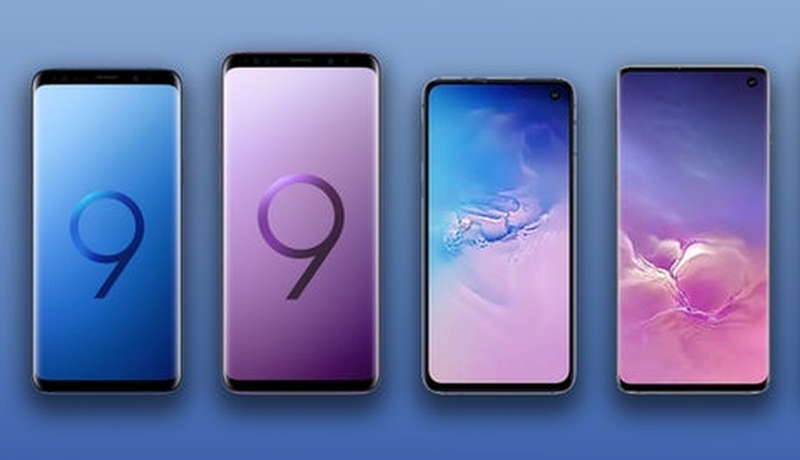
As every smartphone producer races to develop the lowest screen-to-body ratio with the smallest possible bezels, a problem developed as the bezels shrank even smaller than the millimeters needed for the top camera. Millions of people use their front camera not only for the vanity of taking selfie pictures of themselves, but also in order to communicate over video chat with family, friends, and business associates.
The irreplaceable need for a front camera conflicts heavily with the ability to actually sell the phones, so companies have been racing to find more acceptable ways to hide the front camera. This is primarily due to the controversy surrounding the fact that most people simply hate camera notches, punches, and cutouts in their screen, but still want the front camera and a totally bezel-free all-screen phone.
Since the front camera cannot be eliminated, but rather masked, repositioned, moved, or innovated, companies have found many ways to get around the problem, but none fully acceptable. Asus even developed an innovative hinge for their Zenfone 6, and Oppo created a popup camera on their F11 smartphone, both of which really did stand up to abuse in youtube torture tests.
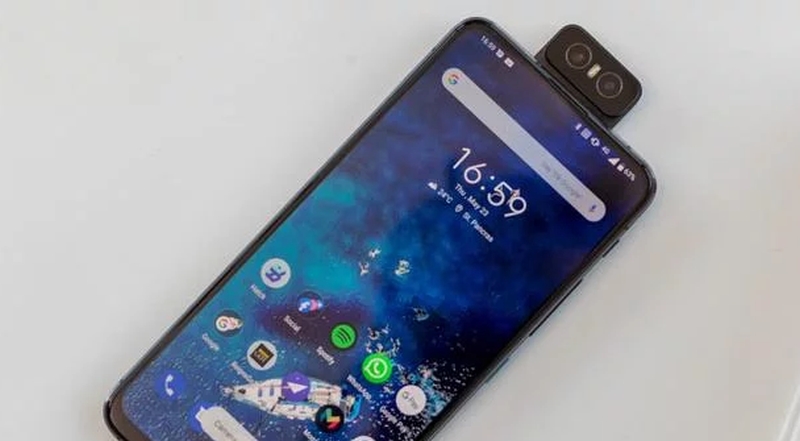
While these innovations technically did succeed in making a truly all-screen phone, it also introduced a new element – a hinged or protruding camera, which introduces another margin of fault, increases weight, and is not always accessible, but must first be extended. The hinge and popup designs are quite quick, but it breaks the immersion of the phone, and harms the design of the curved-edge rectangle silhouette that we’ve all come to know and love. As a result of these issues, such innovations are merely a workaround, not a solution.
The holy grail of the all-screen smartphone is the development of a camera behind the active screen, but this has proven to be a tremendous engineering challenge. While smartphone developers have succeeded at making working and fully usable in-screen fingerprint sensors, a high definition camera and video recorder has proven a much more challenging feat to overcome.
Putting a camera behind a piece of transparent glass is one thing. However, putting a camera behind an opaque screen which is metal on one side and has bright, flashing, changing images on the other side, is no walk in the park. More than likely, existing screen technology would have to change in order to allow such an innovation – although OLED is certainly a candidate, with some innovation.
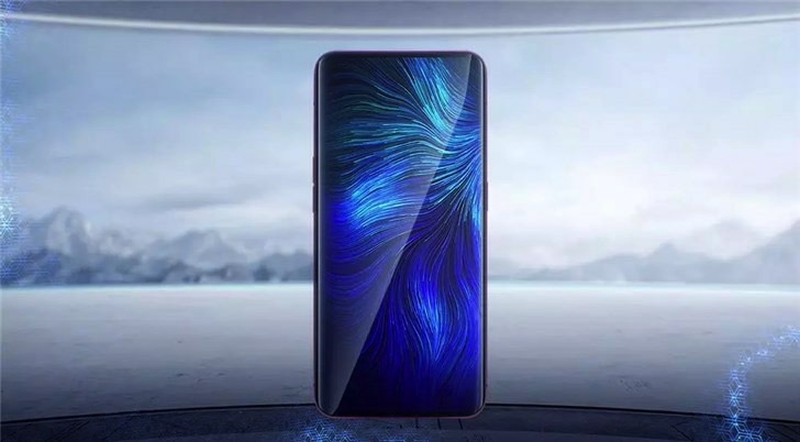
Still, without the metal back if OLED is used, there is still the issue with flashing images of the display to get through. Perhaps this can be actively removed using software which removes each flash of light from the screen in real-time, but such a feat remains in the realm of myth and legend at this time. Instead, smartphone manufacturers will likely be finding ways around this problem.
Think about wearing a pair of red glasses – except now consider instead of the color red, each lens in your glasses was a full video screen. The camera would have to overcome this screen in order to show a clear picture to the user – which, ironically includes itself as it will need to overcome the very image it is showing to the user, of which the camera itself is behind.
One solution proposed by Xiaomi is to make the screen transparent around the front camera while in use in order to bypass this problem, but Oppo may have another solution for it, although they are not so open to sharing just yet. Perhaps they are actually using the same solution, since in the demo they showed the camera app to have black where the camera is. That seems to be a workaround, to black out the area while in use in order to prevent the need for software override of the images flashing on the display.

There is also a further problem with screen protectors. While glass screen protectors are totally transparent, matte screen protectors and other types which have a texture (and are more preferred for curved screens) will pose additional challenges for the engineering of an all-screen device. More than likely, smartphone engineers will have to ignore the screen protector problem.
Instead, screen protector manufacturers would have to keep in mind where the camera is and leave a hole for it, just like existing screen protectors do for the cameras we can see through the punch or notch. Of course, this degrades the immersiveness of the all-screen phone, which poses yet another problem to a behind-the-screen front camera, since immersiveness is the sole purpose of this innovation.
Proof of concept from various manufacturers
Oppo In-Display Camera
Oppo has recently shown a live demo in China of an in-display camera, but whether they will fully succeed is yet to be seen. Oppo did post a working demo of a screen working with the invisible camera behind the screen, but this demo contained only a screen and camera and was not a complete phone. It will certainly still take more innovation to get this to fully work on a real phone, but it is a really good proof-of-concept which shows us that we will be seeing invisible cameras very soon.
Here is a demo of Oppo’s new design in use, but keep in mind this is not a working phone.
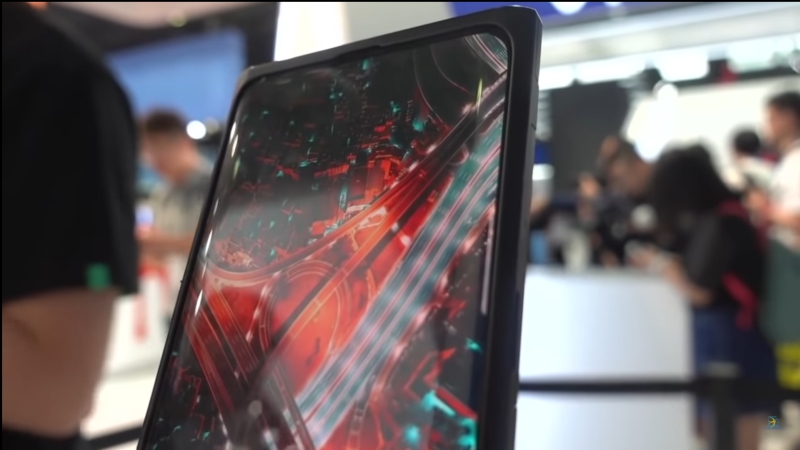
Apple In-Display Camera
A fanmade 3D modeling video of the Apple iPhone Pro illustrates a behind-the-screen camera, but unfortunately despite the professionalism of the video, it was indeed just a concept developed by a fan by the tagname of Concept Creator, and not by Apple. It was an amazing rendering though, and the creator said it took around 250 hours to make. Unfortunately, rumors suggest that the real iPhone Pro of this coming generation will still have some sort of cutout, and will not feature a behind-the-screen camera.
Here’s a screenshot from the concept video.
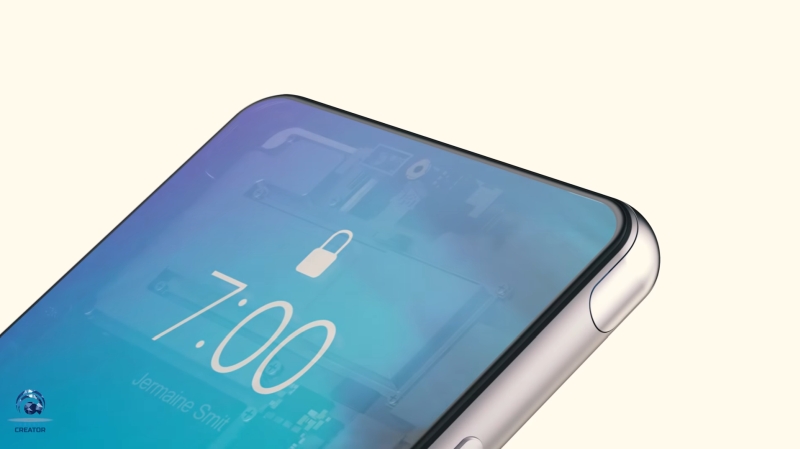
Xiaomi In-Display Camera
Xiaomi, who has risen through the ranks of the smartphone industry in recent years to face head-on with the best in the China market, also is researching plans for an in-display camera. Xiaomi’s twitter post last month seems to propose a real solution, except for matte screen protectors, by changing the display in front of the camera to be transparent while the front camera is in use. Based on their tweet, this is still in the research phase, however, so you probably won’t be seeing it anytime soon. This does seem to a very promising solution for the notch problem, if they succeed.
Xiaomi released this image as a teaser, but the phone has since been demonstrated, although not in full.
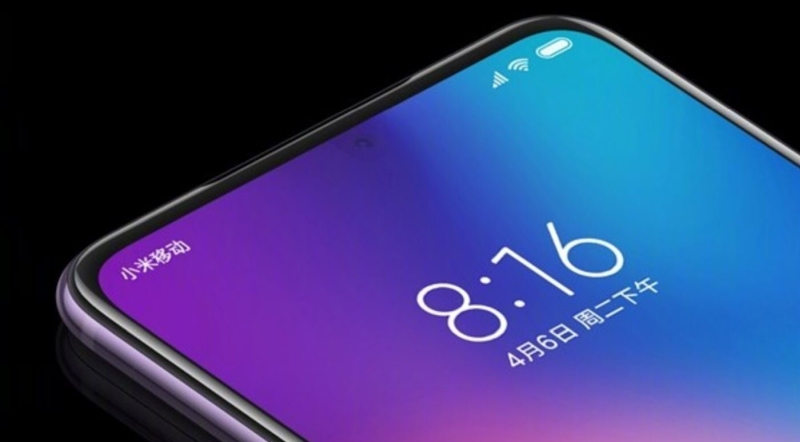
Samsung In-Display Camera
Samsung is also rumored to be working on a behind the screen camera, which would not be surprising since as the flagship smartphone manufacturer for Android, Samsung would not want to get left in the dust as its competitors race to finish first. It was rumored that the Galaxy S11 would have the new design, but recent tips suggest that will probably not be the case.
It’s not unreasonable to consider that the Note 11 might have the invisible camera; but since the Note 10 was only just officially unveiled today for an August 23rd release date (and features a center punch hole), that means waiting at least another year for the Note 11. Samsung’s competitors may very well beat them to the punch (pun intended), which could be harmful to Samsung’s marketshare.
Who do you think will win the race to the in-display camera?
Who do you think will be first to the invisible behind-the-screen camera for the first ever truly seamless all-screen phone design? Do you think it will be Oppo, Xiaomi, Samsung, Apple, or someone else? Even more, would you pay over a thousand dollars for a Samsung or Apple flagship if they were first, or would you go with a less-expensive rival like Xiaomi or Oppo instead?

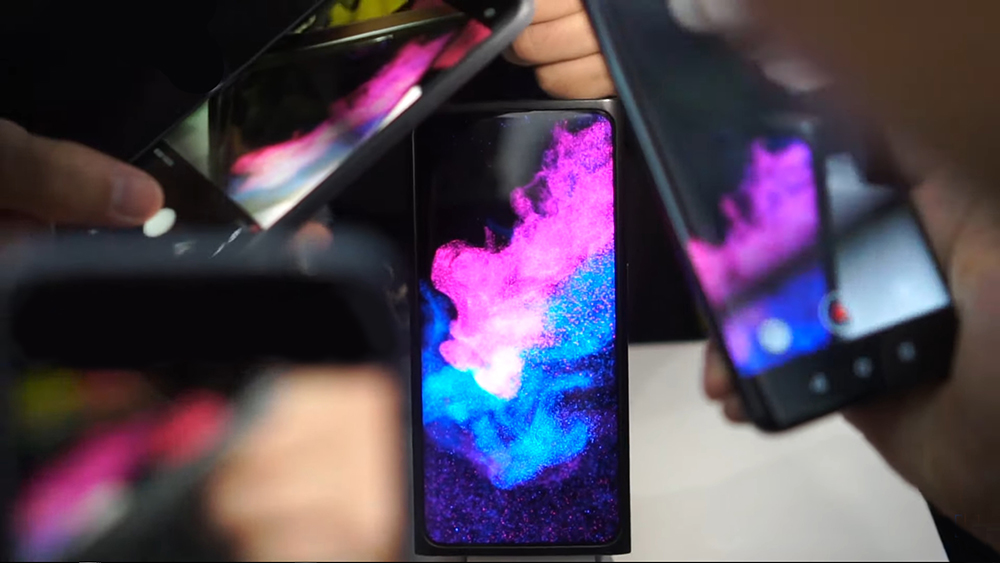



About the time, one of them comes out with this feature for over $1000; there will be a better version coming out the following week. It really doesn’t matter who I pick for now. I just need to start saving as the newer versions are always more expensive.